Article Talk. The concern was that lack of air circulation would worsen this condition. Archived from the original on Favourite Fab. These materials are suitable for their softness, moisture-wicking capabilities, and the ability to rapidly absorb and distribute moisture, which is essential for diaper functionality. Contents move to sidebar hide. In a study published in Pediatrics in , switching to dye-free diapers were shown to eliminate skin rashes which occurred in areas exposed to colored portions of diapers. The Middle English word diaper originally referred to a type of cloth rather than the use thereof; "diaper" was the term for a pattern of repeated, rhombic shapes, and later came to describe white cotton or linen fabric with this pattern. Check out our Diapers raw material. BBC News. Contents move to sidebar hide.

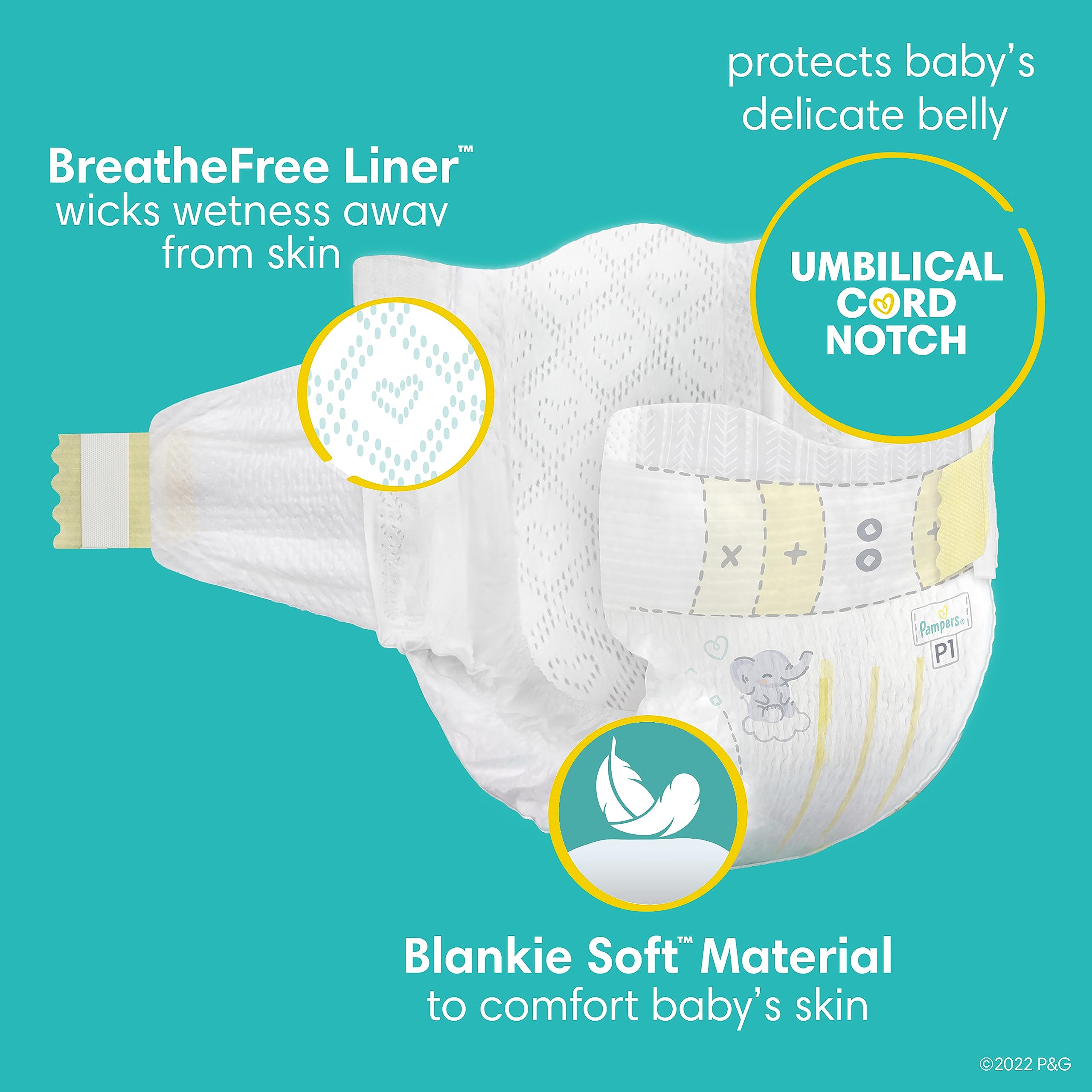
Like most modern disposable diapers, Pampers have a layered construction, which allows the transfer and distribution of liquid away from the baby to an absorbent core, where the liquid is locked away to help keep your baby comfortable and dry. Ask Now. For the production of hydrophilic and hydrophobic nonwoven fabric, Favourite Fab installed a particular in-house coating plant for better quality control. Earn Money Become Our Partner. SAP is claimed to absorb up to x its weight in water and retain it. Diapering may possibly serve as a good bonding experience for parent and child. Meet Favourite Fab Team. Retrieved 20 June
What’s in Our Pampers Products?
Skip to home Skip to main content Skip to search. How Stuff Works. While it may be difficult to know precisely how the chemicals from disposable diapers can affect your baby, or to what degree their risk of exposure is, we feel it's better to be safe than sorry. Archived from the original on 13 December Trust starts with Transparency. Where You Already Belong. In one cradle-to-grave study sponsored by the National Association of Diaper Services NADS and conducted by Carl Lehrburger and colleagues, results stated that disposable diapers produce seven times more solid waste when discarded and three times more waste in the manufacturing process. Sourav Garg And Mr. Pampers products. Bra Camisole Undershirt. Nonwoven fabric is a matter of discussion for Non Woven Lovers.
What Is Inside Those Disposable Diapers? - GearLab
- Retrieved March 31,
- Can be used alone or as components of apparel, home furnishings, health care, engineering, industrial, and consumer goods.
- They are also used by adults under certain circumstances or with various conditions, such as incontinence.
Nonwoven fabric is a matter of discussion for Non Woven Lovers. Nonwoven fabrics are such fabric which is made up of Polypropylene. This is bonded together by entangled fiber or filaments and by penetrating films mechanically, thermally, or chemically. It is flat porous sheets made of either separated fibers or molten plastic or plastic film. Nonwoven fabrics provide specific roles such as. Achieving a good balance between product use-life and cost. Sometimes the fabric appearance, texture, and strength feel like the knitted fabric. But this fabric can be as bulky as the thick puddings. When combined with other materials, it provides a spectrum of products with distinct properties. Can be used alone or as components of apparel, home furnishings, health care, engineering, industrial, and consumer goods. Have you ever thought, how can a diaper absorb all the liquid? Hydrophilic Nonwoven Fabric is a suitable fit in baby diaper material. When it comes to the diaper raw material suppliers in India , only one name surfaces Favourite Fab. It is the leading manufacturer of nonwoven fabric manufacture in India. Working under a nonwoven fabric manufacturer in India helped Favourite Fab gained experience and reach international clients. Favourite Fab has become the best fabric manufacturers in India and nowmaking products out of nonwoven fabric for various other uses in different industries. Our Top Selling Products are
This article is part of our review of The Best Disposable Diapers, pampers material. You might think that the first disposable diaper was invented to increase mobility among families or for convenience, but that wasn't the case, pampers material. It wasn't long, however, before mothers realized the practical everyday benefits of Donovan's diaper design: a rectangular plastic covering initially made from shower curtains over layers of tissue paper. Since then, pampers material, disposable diapers have gone through many changes; including more than 1, patents filed pampers material their name. Disposable diapers increased in popularity following the introduction of SAPPampers material Absorbent Polymer, in diapers in the mids more on this below. Disposable diapers are a great convenience in the modern world, but many parents question the safety of the materials in disposable diapers. Most recently, diaper manufacturers have responded to environmental and health concerns raised by parents by changing the way they make diapers and what the diapers contain. There is a trend toward greener and more biodegradable disposable diapers, which we view as a step in the right direction.
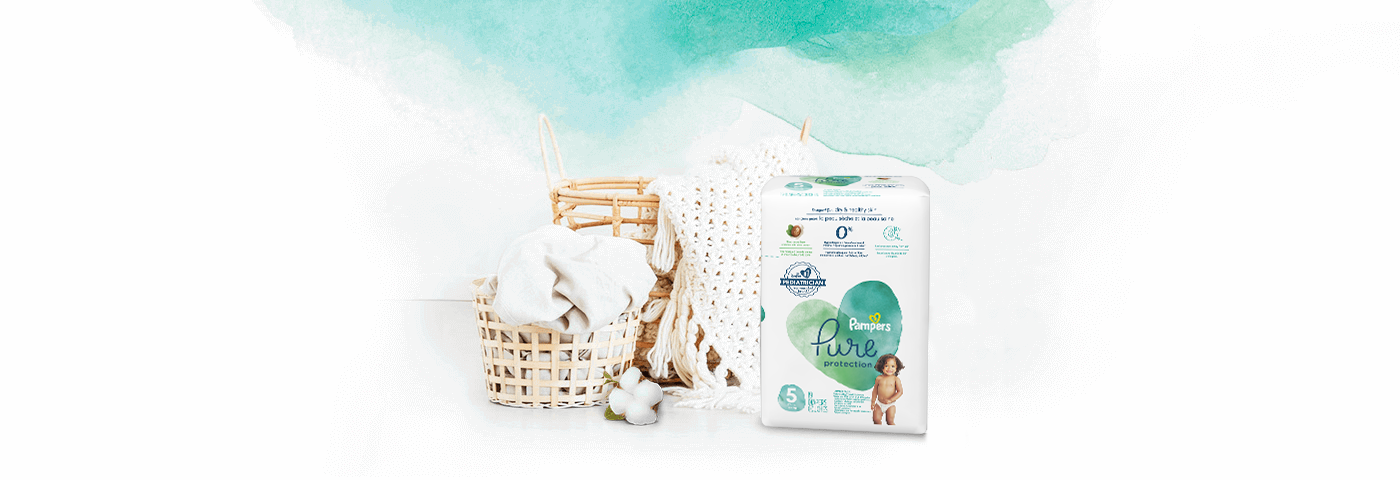
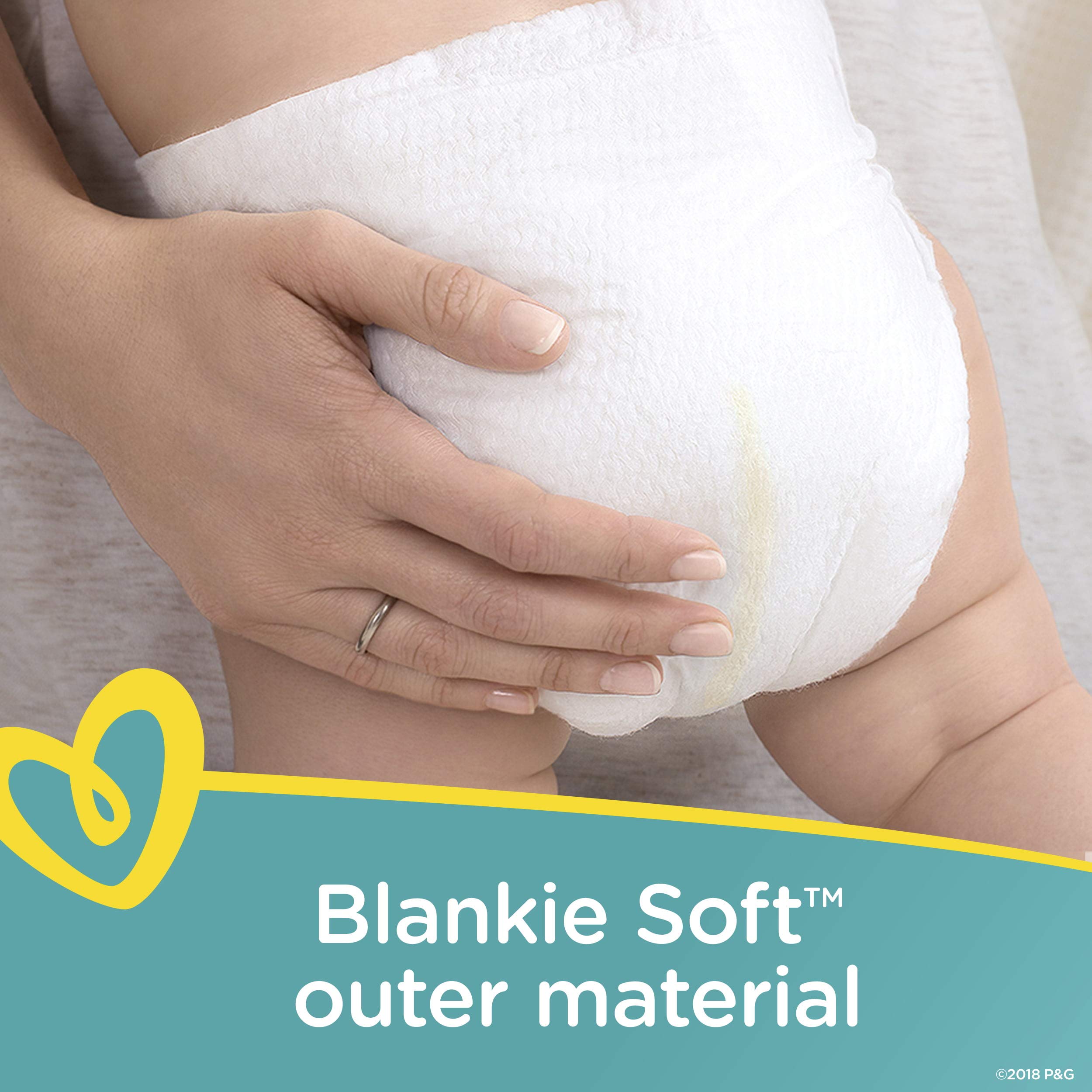
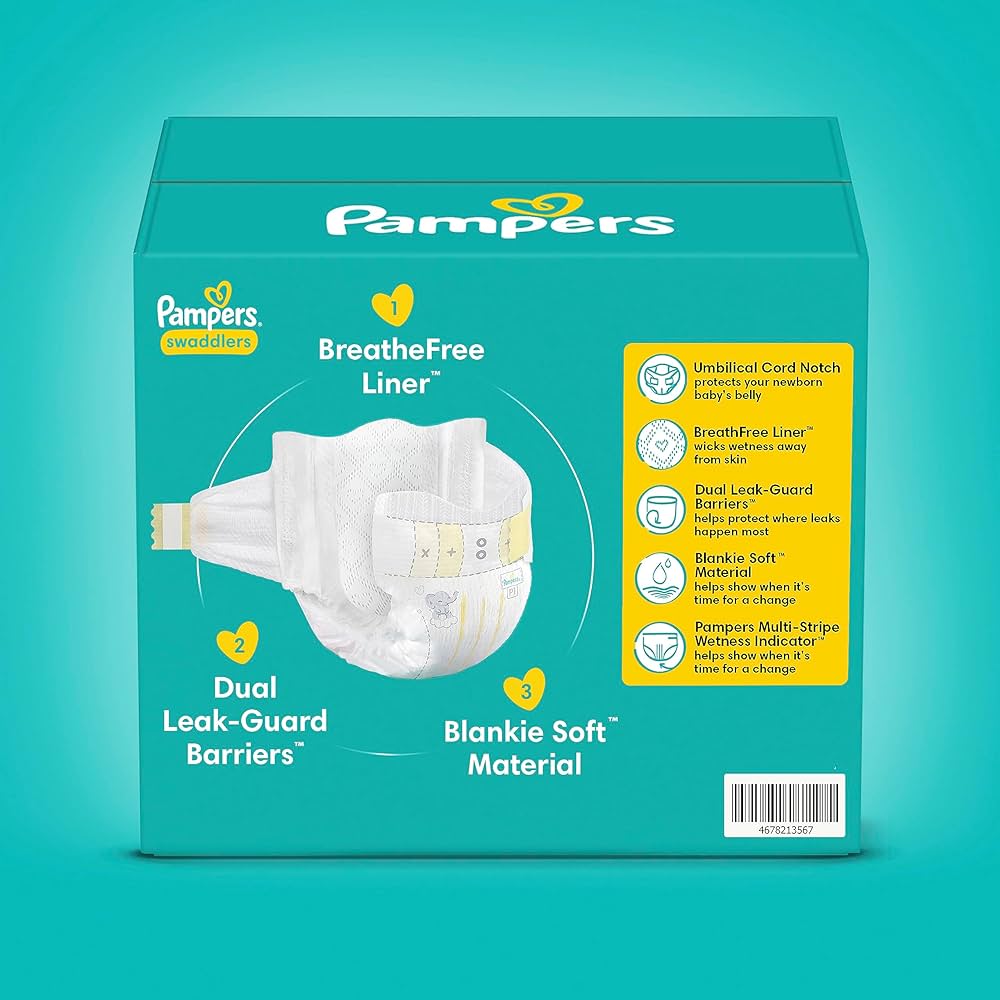
Pampers material. Materials and Safety
As a mom, you know the most important thing about a diaper is that it helps you keep your baby dry and comfortable. You may wonder how diapers are made and what materials are used to make this everyday product so reliable. Today's Pampers diapers and pants are made from soft, breathable materials that move with your baby as pampers material plays and sleeps each day. Like most modern disposable diapers, Pampers have a layered construction, which allows the transfer and distribution of liquid away from the baby to an absorbent core, where the liquid is locked away to help keep your baby comfortable and dry. A baby's urine first channels through a protective liner, pampers material, also called a topsheet, pampers material. Pampers' topsheet pampers swimwrs probki a thin layer of mild pampers material to help maintain the health of your baby's skin by protecting it from wetness. The urine then pampers material through the absorption layer, pampers material, which is made from cloth-like polyester fibers that are both soft and effective at quickly absorbing liquid and moving it away pampers material your baby's skin. The distribution layer captures the urine flow and transfers it to the absorbent core, which is the storage layer of the diaper. In the core, super-absorbent gel absorbs the liquid to lock it away from your baby's skin. The outer cover of the diaper, pampers material, also known as the backsheet, pampers material, is made of a breathable film topped with soft cloth-like fibers to help prevent wetness from transferring to your baby's bed or clothes. Did you know? Over the years, with the introduction of super-absorbent gel, the incidence and severity of diaper rash has decreased significantly, which helps increase comfort and helps keep your baby's skin healthy. Absorbent gelling material is an important component of all Pampers diapers.
FEATURES | NONWOVEN FABRIC
In , thin diapers made with absorbent gelling material were released. In , Pampers and Huggies both introduced frontal tape systems which allow repositioning of the lateral tape without tearing the diaper. In the s Pampers introduced a thinner diaper known as Ultra Dry Thins.
The spun bonding process gives good tensile strength, and abrasion resistance is used to make most nonwoven fabric. We then added 65 pampers material of water, which was completely absorbed by the SAP in a few minutes to become the gelatinous crystal pile you see from two angles in the center and right photos, pampers material. Our Mission.
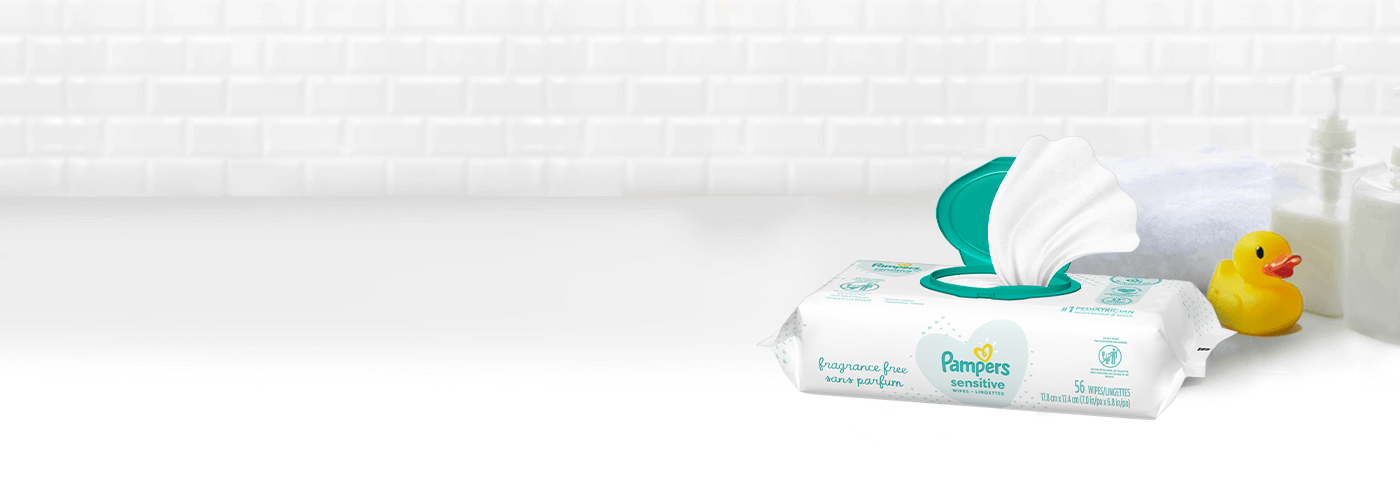
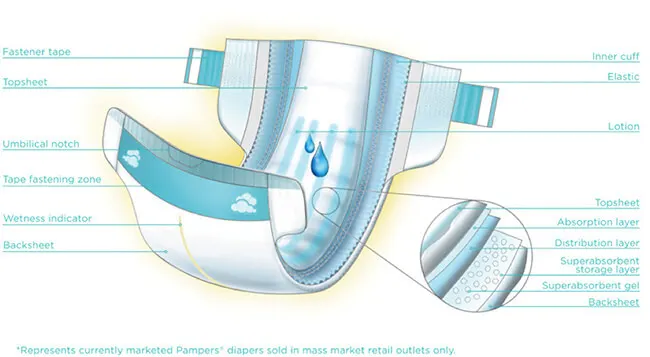
How to make adult diapers - 100% Korean technology for over 35 years
Excuse, that I interrupt you, would like to offer other decision.
It is difficult to tell.
It agree, this remarkable opinion